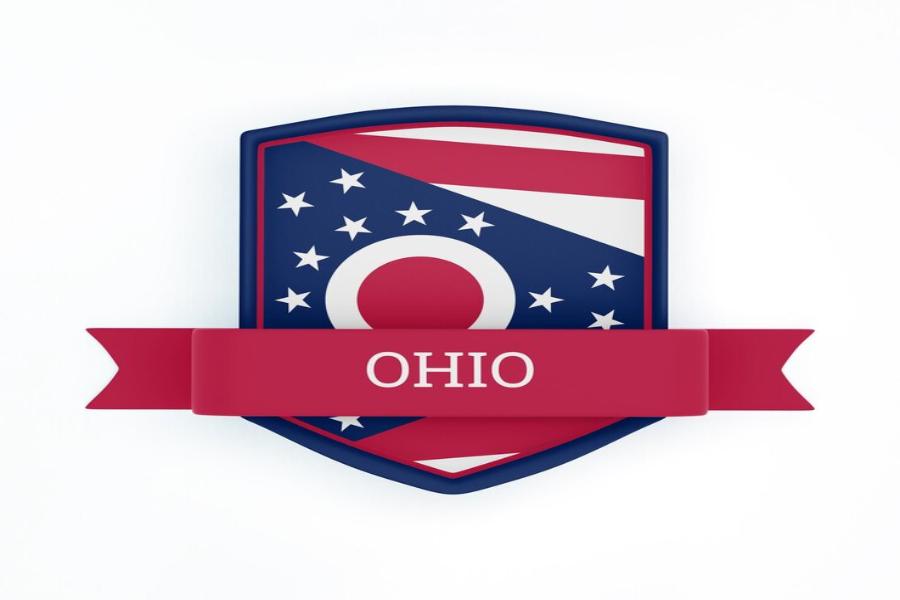If you have been behind the wheel in Ohio, you have probably heard that Ohio is an at-fault state when it comes to car accidents. But what does that actually mean for you if you find yourself in a crash? Well, it is all about responsibility, specifically, who is responsible for covering the damages. If you are not sure what this means for you, do not worry. We will break it down into simple terms so you understand exactly how things work and why you might want a lawyer handling the insurance negotiations if you ever get into an accident.
Understanding the At-Fault System
Unlike no-fault states, where each driver turns to their insurance for coverage regardless of fault, Ohio places responsibility squarely on the driver who caused the accident. You can file a claim against the other driver’s insurance to recover damages if you are not at fault. If you are at fault, your liability coverage will be used to pay for the other party’s losses.
That said, you are not limited to filing with the at-fault driver’s insurance. You can also file a claim with your insurer, who may seek reimbursement from the at-fault party’s provider. The goal is to make you whole, but the process can be complicated.
What About Shared Fault?
Ohio follows a modified comparative negligence rule. This means that if you are partially to blame for the accident, your compensation may be reduced by your percentage of fault. For instance, if you are 20% responsible, your damages would be reduced by 20%.
However, if you are found to be more than 50% at fault, you are no longer eligible to recover compensation. That is why accurately assigning fault is crucial because it directly affects what you can recover, if any.
What to Do After the Crash in Ohio
The aftermath of a car accident can be chaotic, but the steps you take immediately matter. Therefore, when involved in an accident in Ohio:
Call 911 – Always report the accident to the police, mainly if injuries or significant damage occur. A police report helps document the scene and can support your claim.
Exchange information – Collect all names, contacts, and insurance details of all involved.
Document the scene – Take photos of the damage, road conditions, and injuries suffered.
Talk to witnesses – If anyone saw the crash, get their contact information, as their statements may help clarify what happened.
Seek medical attention – Even if you feel fine, get checked immediately because some injuries take time to show symptoms.
Notify your insurance company – Tell them about the accident, even if you are not at fault.
Why You Might Need Legal Help
Dealing with insurance companies can be frustrating. Their aim is to pay as little as possible, and they often move quickly to close claims. That is why having a lawyer on your side can be so helpful. A qualified attorney can gather evidence, communicate with insurers, and ensure you are treated fairly.
Remember, handling the insurance negotiations is not just paperwork, it is a strategic process. If you are recovering from injuries or unsure how to prove fault, a lawyer can protect your rights and help you avoid costly mistakes.
Conclusion
Ohio’s at-fault system makes one thing clear; responsibility matters. The driver who caused the accident (or their insurer) is financially responsible for the resulting damages. But when a fault is shared or contested, it becomes more than just filing a claim, it becomes a negotiation. Whether you are pursuing damages or defending yourself against a claim, understanding Ohio’s at-fault rules puts you in a better position. And in many cases, working with a legal professional can help ensure the outcome is fair. Car accidents are stressful enough, do not let confusion over insurance laws add to the burden.


